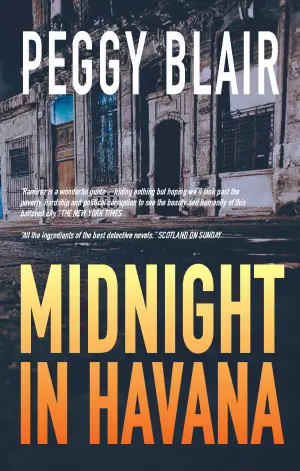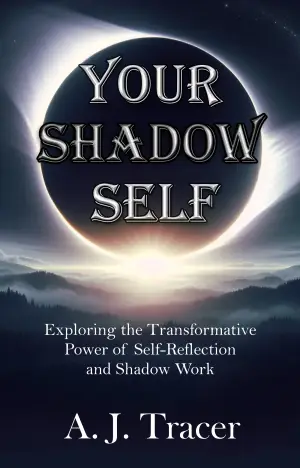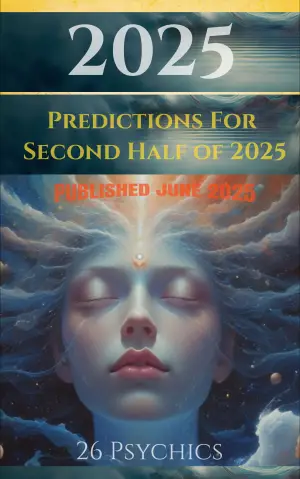Diving into the Abyss: A Review of Neuromancer by William Gibson
I have to admit, I originally picked up Neuromancer for the sheer curiosity surrounding its notorious reputation as one of the cornerstones of cyberpunk literature. William Gibson’s work, with its vibrant tapestry of neon lights and digital intrigue, promised a thrilling adventure—it certainly delivers. The book is not merely a story but an experience that pulls you into a high-tech world melded with raw human emotion and existential inquiry.
At its heart, Neuromancer unfolds the tale of Case, a washed-up data thief whose body becomes a prison after a botched betrayal. He’s a character infused with both desperation and a yearning for bodily exultation through cyberspace—the “consensual hallucination” that becomes a character in itself. Compromised by a wartime mycotoxin, Case’s journey isn’t just about hacking into systems, but rather about navigating the complexities of his own fragmented identity. This notion resonated deeply with me; it grapples with how technology can alienate yet connect us in profound ways.
Gibson’s prose has a magnetism that feels both fluid and fractal, reminiscent of a kaleidoscope spinning wildly in vibrant colors. Each line bursts with images, plunging into a sensory overload that feels alive. Phrases like “a graphic representation of data abstracted from the banks of every computer in the human system” pull you in, engaging not just your intellect but also your emotions. The writing style teeters between poetic and technological, crafting a world that feels both futuristic and eerily relatable. The pacing, while frenetic at times, mirrors the chaotic signals of the matrix Case navigates, making you feel invested in every twist and turn.
Molly, Case’s fierce and capable companion, adds depth to the narrative. She’s more than just a love interest; she’s a representation of strength and resilience in a world defined by chaos and uncertainty. Through her, we see a glimmer of hope amid the existential crises they face. Their connection—“a mutual grunt of unity”—captures the essence of companionship in a fragmented reality.
As I read Gibson’s reflections on information and commerce, particularly the darker side of the black market, I couldn’t help but draw parallels to our current digital landscape. The novel underscores the notion that with vast knowledge comes the possibility of ethical corruption. It feels almost prophetic—an echo of the world we inhabit today, where data is currency and connections can just as easily lead to liberation as they can to entrapment.
The engaging themes of identity, technology, and the intersection of the human experience left me contemplating long after I turned the last page. The interplay between Wintermute and Neuromancer—like the duality of Apollo and Dionysius—beckons philosophical inquiry: can opposites fuse for a greater purpose? And what about Case’s relationships, particularly with Miss Linda Lee and Molly? These questions linger like the notes from a Velvet Underground track, haunting yet irresistible.
In conclusion, Neuromancer is not just a novel; it’s a cerebral and immersive journey into a realm that invites you to ponder the nature of existence in a tech-dominated future. I’d recommend it to anyone who craves a gripping narrative that pushes the boundaries of thought—those fascinated by the intersection of technology and humanity will find much to ponder. Reading this book was a catalyst for reflection, and I suspect it will resonate with fellow explorers of both the mind and the online world. Grab your nearest copy and plug in; you’re in for a wild ride.
Discover more about Neuromancer (Sprawl, #1) on GoodReads >>













